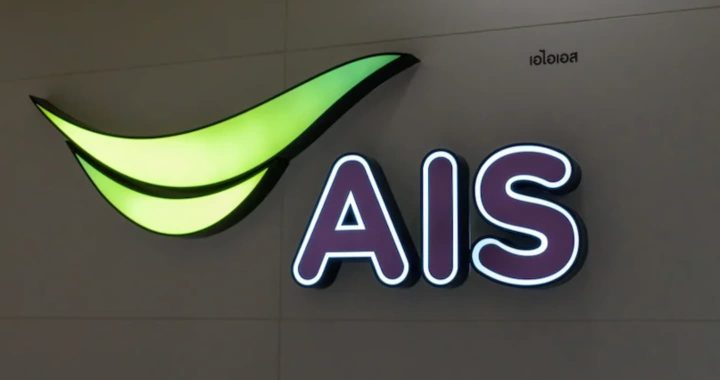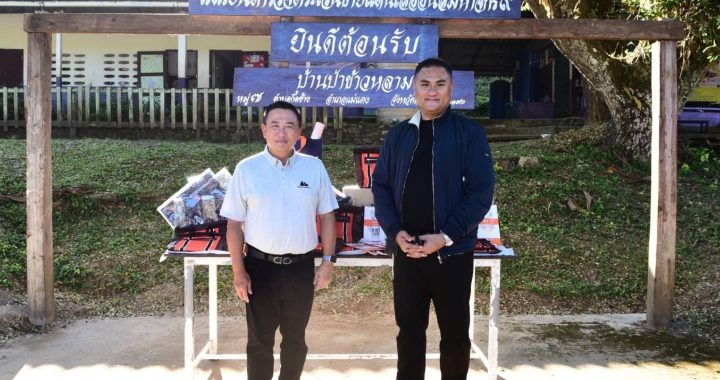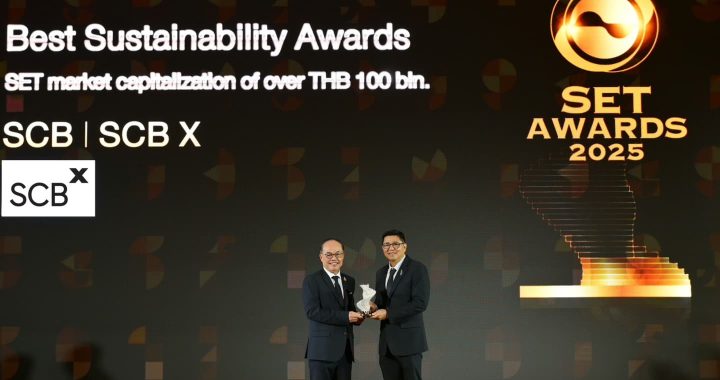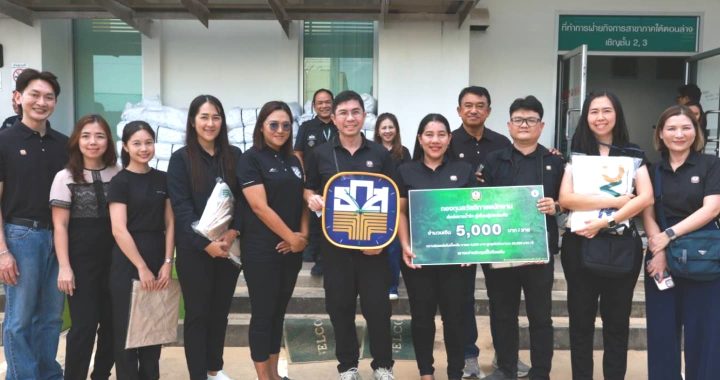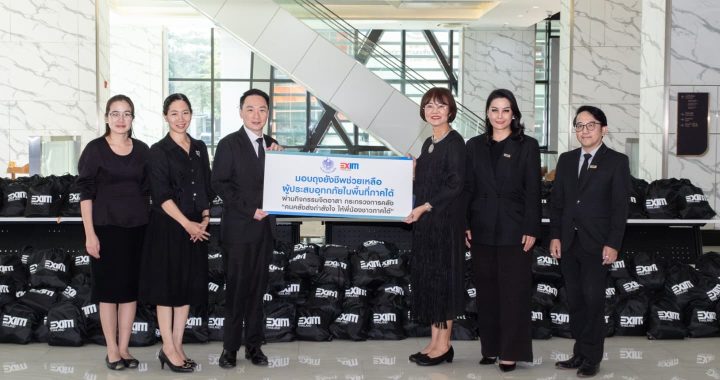SCB EIC expects continued growth across CLMV economies
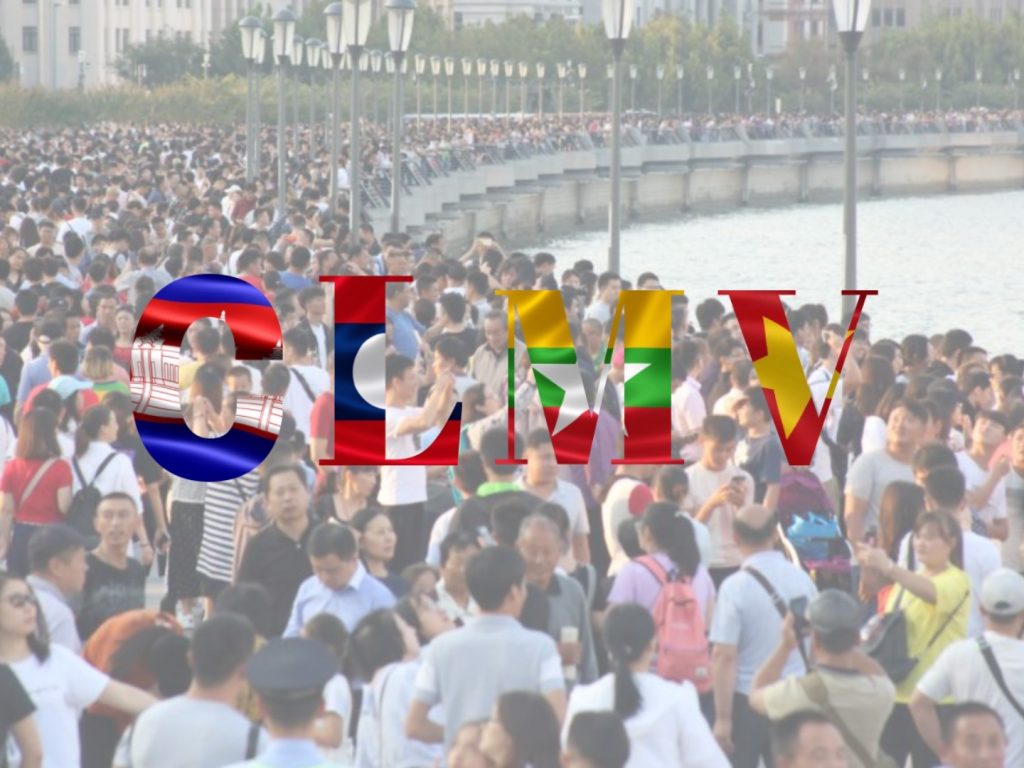
CLMV economies will continue to grow in 2023, with anticipated GDP growth of 5.9% in Cambodia, 4.0% in Laos, 3.0% in Myanmar, and 5.0% in Vietnam. The growth outlook is attributed to buoyant tourism after China’s reopening—which bolstered the number of tourist arrivals and inbound tourist spending per capita—and domestic consumption which improved alongside the labor market and subsiding inflationary pressures. Still
CLMV economic growth will remain modest and below the pre-pandemic average expansion. Tourist arrivals gradually regained traction yet are still behind the pre-COVID-19 figures. Meanwhile, the export and foreign direct investment (FDI) outlook remained downbeat, given the global economic slowdown and country-specific challenges.
Different challenges facing each country are the reasons behind uneven rebounds.With a high reliance on foreign tourism, Cambodia tends to witness a robust recovery in 2023 as impetus from the tourism sector will cushion the impacts of the global economic slowdown on Cambodia’s exports. Meanwhile, Laos benefits from mega logistics projects—including China-Laos high-speed railway and freight transit yard at Thanaleng dry port. Improving logistics would provide thrust to Laos’ economy through tourism and regional transport, yet there remain headwinds from high inflation. In contrast, Vietnam will likely see a sharp slowdown this year due to a high reliance on exports and FDI. In particular, Vietnam’s electronics industry should remain subdued throughout 2023. A tightening financial condition is another key risk to Vietnam. Some sectors, especially the real estate businesses, may struggle to raise funding, and this obstacle could deter business sentiment and private investment going forward.
Due to fragile economic fundamentals, economic growth in some CLMV countries will likely fall behind the pre-pandemic performance. In the medium term, Cambodia and Vietnam will gradually resume the previous growth momentum as economic headwinds should be temporary or eventually resolved. Nonetheless, Laos and Myanmar would continue to expand below the past average due to fragile economic fundamentals. Laos is confronted with external and fiscal vulnerabilities, given low foreign reserve buffer to cushion a sharp currency depreciation as well as high public debt. Thus, the Lao authorities resorted to tight monetary and fiscal policies to maintain economic and monetary stability. Apart from that, the Lao government may consider negotiations over public debt restructuring. These fiscal tightening may hold up the government spending on mega infrastructure projects. Meanwhile in Myanmar, ongoing political unrest remains a major pressure on the economy as well as investor confidence and consumer sentiment. On the external front, western nations have expanded economic sanctions against more military-affiliated persons and entities—thus further worsening the business environment. Therefore, we anticipate Myanmar’s sluggish growth over the medium term.
Despite subsiding inflation, CLMV monetary policy direction will primarily depend on economic conditions in each country. Inflation gradually cooled down across CLMV economies alongside falling global commodity prices. Still, the CLMV central banks opted for different monetary policy directions, depending on economic and financial backdrops. The State Bank of Vietnam (SBV) recently cut its policy rate to spur the economy and improve financial market liquidity, so as to alleviate impacts of a tightening credit condition on businesses. SCB EIC thus expects Vietnam’s monetary policy to remain accommodative throughout 2023 to bolster a flagging economy, including a weak real estate market that would take time to regain ground. Meanwhile, the Bank of the Lao PDR (BOL) will likely stay the course on tight monetary policy against persistent inflation—which somewhat cooled down but still hovered high. Given a weakening Lao kip that has kept import prices high, BOL policy will prioritize maintaining price stability throughout 2023.
The outlook on trade and FDI between Thailand and CLMV will likely stay somber in 2023, dragged by a regional trade slowdown and lower demand for industrial products. Nonetheless, we expect Thai exports to CLMV to gather momentum in the latter half of this year, owing to a steady rebound among CLMV economies and low-base effects—considering lower exports in H2/22 compared to H1/22. Meanwhile, Thailand’s direct investment (TDI) in CLMV should remain gloomy due to some hindrances in CLMV countries. These include higher borrowing costs, an economic rebound that has yet to regain a firm footing, and the unfavorable climate on business investment or business expansion in some countries. Despite all the setbacks, SCB EIC still maintains our positive outlook on CLMV economies. The CLMV region will remain an appealing market and investment destination for Thai investors, thanks to competitive edges in a large pool of workforce, low labor costs, growing domestic market, extensive free trade agreements, and its strategic location connecting Thailand to major regional markets.
Read more…https://www.scbeic.com/en/detail/product/clmv-190723

Author: PUNN PATTANASIRI (punn.pattanasiri@scb.co.th)
Analyst

THITIMA CHUCHERD, Ph.D. (thitima.chucherd@scb.co.th)
Head of Economic and Financial Market Research
Economic Intelligence Center (EIC) Siam Commercial Bank PCL
EIC Online: www.scbeic.com

Line: @scbeic













